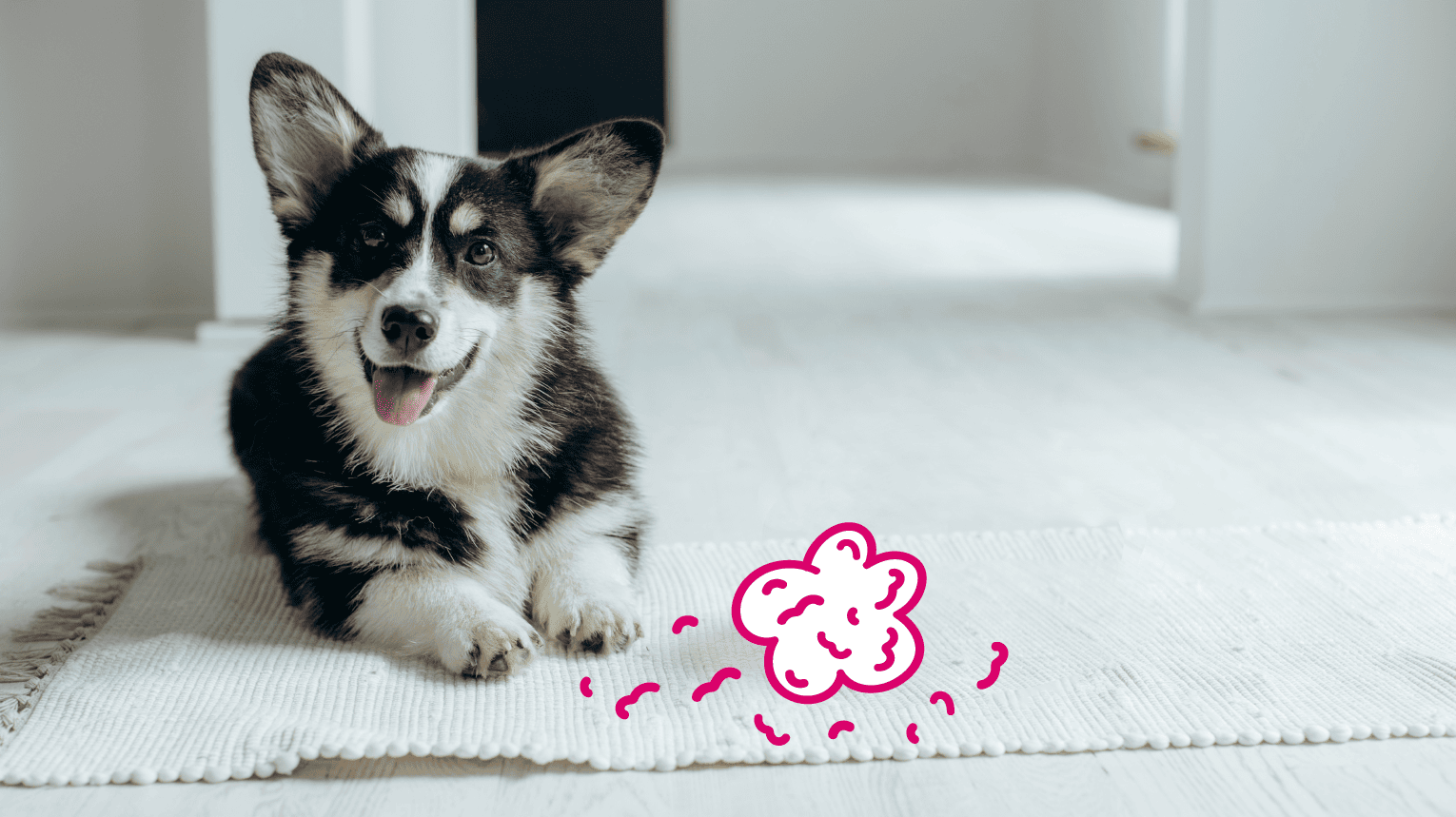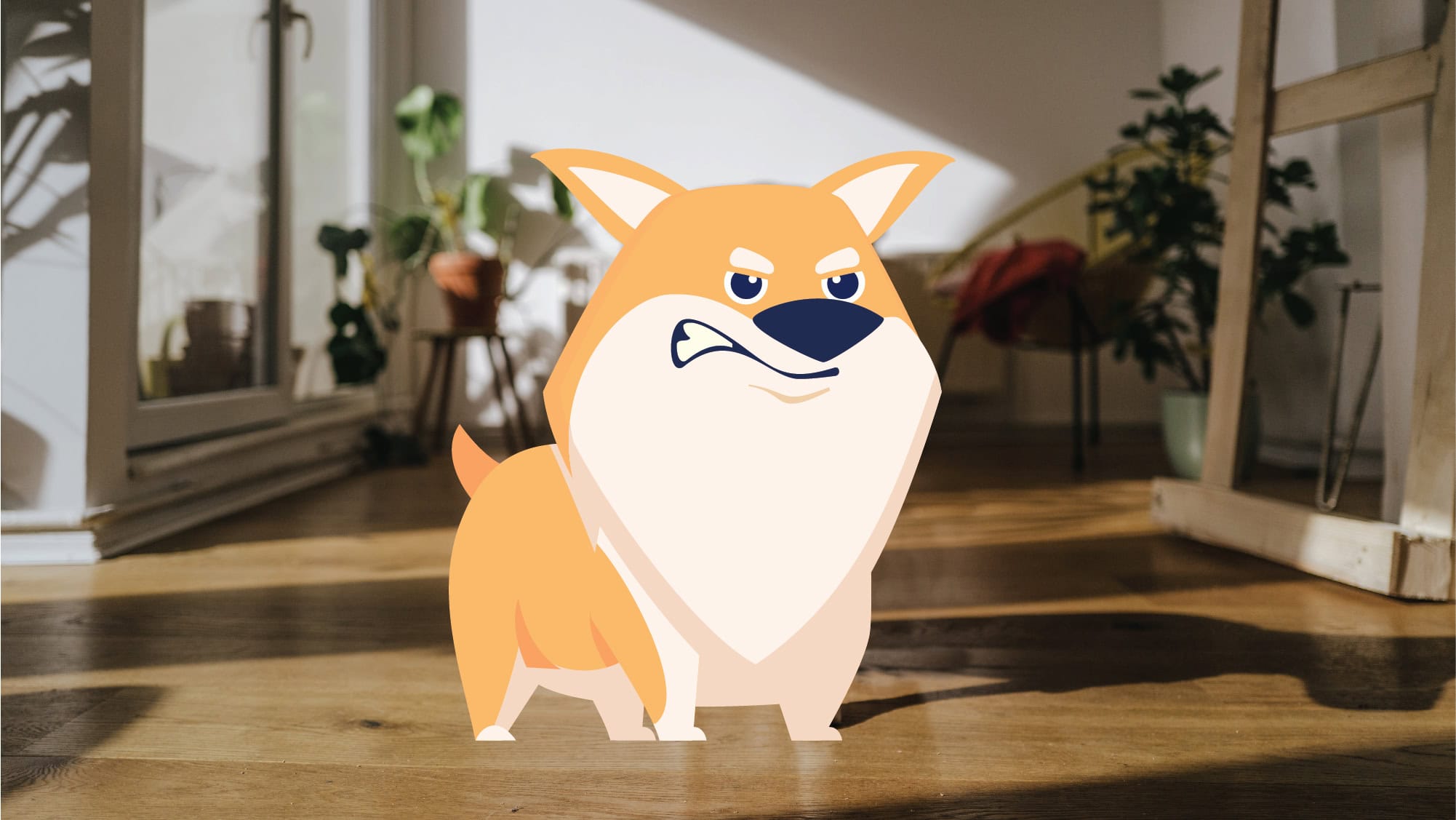Shedding is normal in dogs, but when it reaches excessive levels you may start to panic! If you’re concerned your dog’s shedding is abnormal, we’re here to explore the potential causes and what you can do about it.
Normal shedding of a dog’s coat is beneficial to your pet. It helps with their skin health and gets rid of old or damaged hair. However, there are instances where dogs shed too much.
First, consider the breed, their grooming routine, dietary requirements, and medical history. This is important because dog shedding can be affected due to a dog’s breed, dietary imbalances, hormonal changes and even the time of year.
Here are the most common causes of excessive shedding in dogs:
1. Seasonal shedding
Dogs shed seasonally, primarily between spring and fall. During the cold months, they grow thick, dense coats to insulate themselves from the harsh temperatures, providing both warmth and protection.
As winter transitions to spring, dogs shed this heavy coat in response to the rising temperatures and longer daylight hours. This natural process ensures they remain comfortable and prevents overheating during the warmer months.
However, the intensity and duration of this shedding period can vary depending on the breed and individual health of the dog.
2. Breed-specific shedding
The breed of dog can influence excessive shedding, as some dog breeds shed more than others. This is often due to the type of coat they have and the historical purposes for which they were bred.
Here’s some examples of shedding in different breeds:
- The Siberian husky has a thick double coat that helps them withstand extremely cold temperatures, leading to more shedding, especially during season changes.
- The German shepherd and the Corgi have dense undercoats that need to shed regularly.
- The Labrador retriever, with their insulating undercoat and water-resistant topcoat, also tends to shed significantly.
If you have or are considering getting one of these breeds, it’s important to be prepared for the grooming and cleaning responsibilities that come with their shedding patterns.
3. Poor diet
The health and vitality of a dog’s coat are directly linked to the nutrition they receive.
So, for a dog to thrive and maintain a glossy, strong coat, their skin needs to be healthy, and that’s largely influenced by their diet.
In fact, a balanced diet rich in healthy fats and oils, vitamins, and other vital nutrients is essential for keeping their hair follicles healthy. Beyond food, proper hydration is just as crucial for their overall well-being.
If you notice your dog shedding excessively, it could be a sign of an imbalanced or inadequate diet. Always consult with a veterinarian to ensure your dog’s dietary needs are met.
4. Grooming routines
Maintaining a proper grooming routine is more than just keeping your dog clean; it’s about ensuring the health and vibrancy of their coat. Regular bathing and brushing help remove dirt and loose fur, stimulate the skin, and distribute natural oils throughout the coat.
You must choose the right tools: the correct brush tailored to your dog’s fur type and a shampoo that matches their skin needs. Using the wrong products can strip the coat of its natural oils or irritate the skin, leading to your dog shedding a lot.
5. Stress
When your dog is stressed, there will be increased shedding. Factors such as a change in feeding times, adjustments in exercise schedules, a shift in the owner’s work routine, a new baby in the house, or introducing a new pet can be sources of stress for your dog.
Try to identify and eliminate these stressing factors and establish consistent routines to minimize stress-related shedding in your dog.
6. Canine allergies
Dogs can have allergic reactions to the environment, certain medications, or food. Skin allergies can result in increased dog hair shedding.
Food proteins like chicken, beef or pork can cause canine allergies for some dogs. Other irritants include fleas, dust mites, or pollen. These will cause skin irritation and hair loss.
It’s essential to look out for these irritants and eliminate them. In cases where you can’t identify the cause of the allergy, visit your veterinarian.
Keep reading: Hot Spots in Dogs
7. Parasites
Parasite infestations can affect your dog’s overall coat health. Fleas, ticks, and mites cause itchiness and redness that results in excessive scratching, licking, or biting for relief. The constant skin scratching ultimately causes excess shedding.
To treat parasites, consult your veterinarian for the most effective medication and preventative regime in your area.
8. Hormonal imbalances
A hormonal imbalance can result in your dog losing a huge amount of hair. Hormonal imbalances can be caused by illnesses like diabetes or Cushing’s disease.
Other causes are pregnancy, recent surgery, spaying, or giving birth.
9. Skin conditions
Skin conditions like fungal infections and rashes can cause excessive shedding. Also, if your dog has sensitive skin, they may react to certain shampoos.
To help with skin conditions, include omega-3 fatty acids in your dog’s diet. You can consult your veterinarian for a proper diagnosis of the underlying cause of your dog’s skin condition.
Schedule an in-home dermatologic exam today!
10. Health issues
Chronic health conditions can disrupt the normal hair growth cycle in dogs, leading to increased shedding.
For instance, tumors or cancers can affect the body’s metabolism and nutrient absorption, both of which impact hair health and growth.
Kidney disease, with the kidneys playing a vital role in filtering toxins, can cause a buildup of toxins in the body when not functioning well, affecting the skin and coat health.
Additionally, a dog’s compromised health might be evident in their coat, which can appear dry, dull, or even have bare patches.
What Should I Do if My Dog Is Shedding Excessively?
If you notice that your dog sheds excessively, the best thing you can do is to consult your veterinarian. They have the expertise to diagnose the cause of the excessive shedding.
Although some of the causes of dog hair shedding are not cause for alarm, a veterinarian’s examination is crucial to help rule out an underlying issue.
Other steps you can take when you notice excess hair loss in your dog include:
- Improve your dog’s diet.
- Track your dog’s water intake. Inadequate water intake results in dehydrated skin.
- Regularly bathe and brush your dog using the right grooming tools.
Conclusion
Although dogs naturally shed, there are instances where the shedding is excessive. Some of the causes are mild and will resolve on their own. Others are severe and require a visit to the veterinarian for further examination and diagnosis to rule out an underlying health issue.





